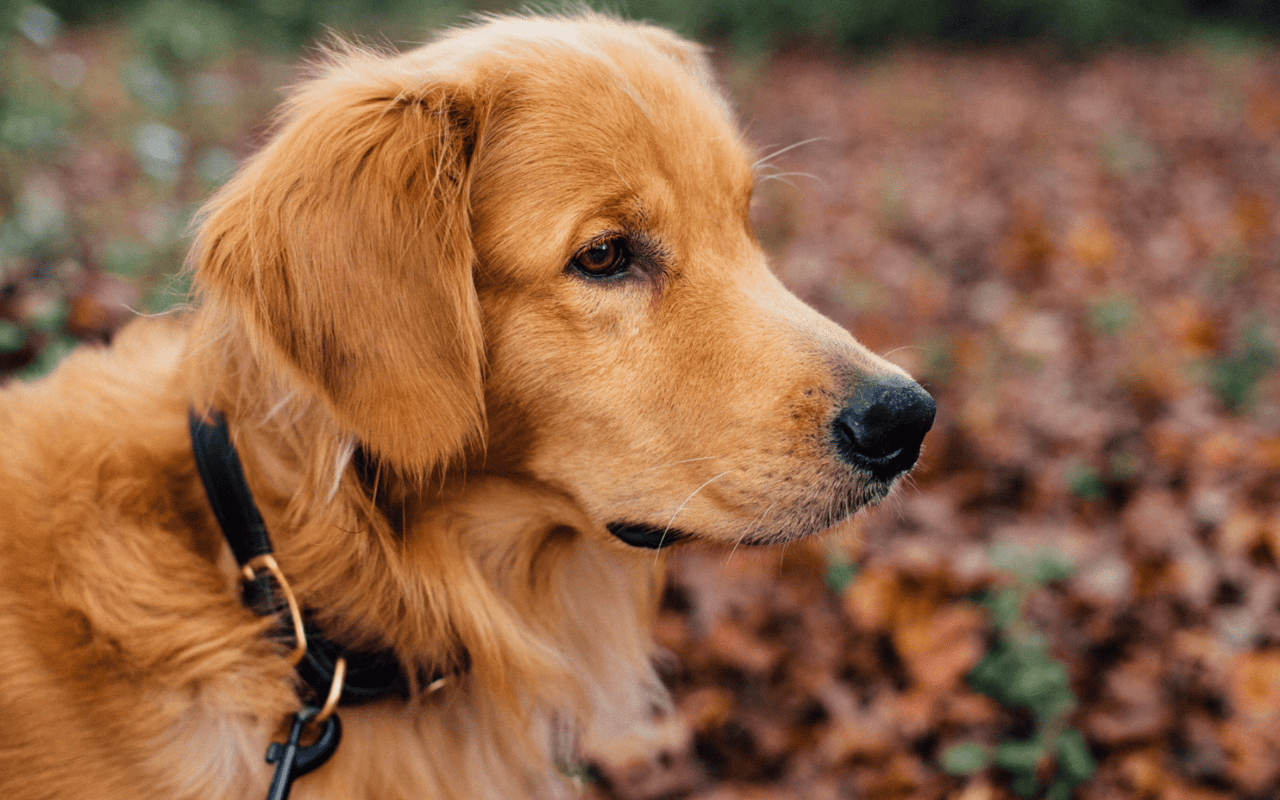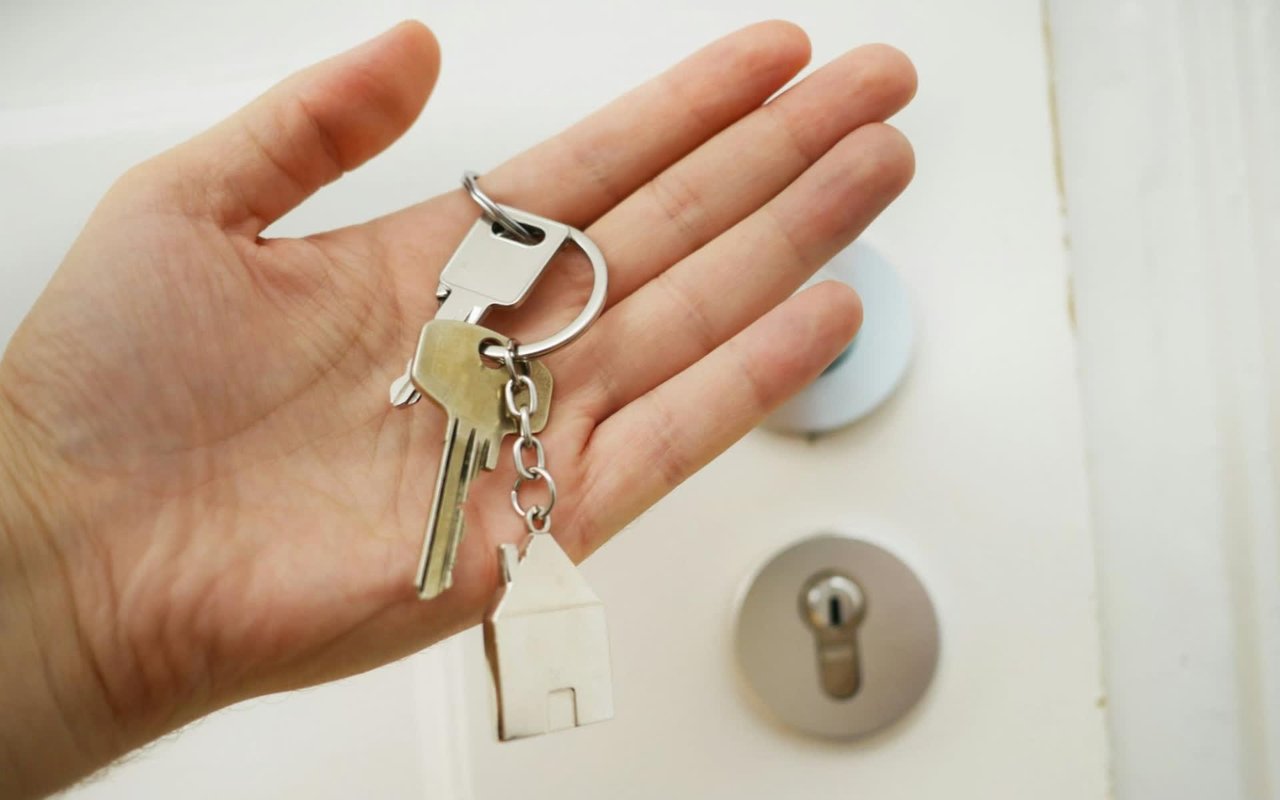Moving can be a stressful experience, and it’s even more challenging when you have pets. Their routines and environments are disrupted, and they can become anxious or unsettled. To make the transition as smooth as possible for your pets, here are some essential tips to help you prepare and execute a successful move.
1. Plan Ahead
The key to a smooth move with pets is preparation. Start planning well in advance to minimize stress for both you and your furry friends. Research the moving company’s policies on pets and make arrangements for their transport, whether it’s a car ride or a flight. Ensure that your new home is pet-friendly and that you have all necessary supplies ready for your pets' comfort.
2. Create a Moving Checklist for Pets
Develop a checklist specific to your pet’s needs. This should include:
- Health Records: Ensure you have up-to-date medical records, including vaccination records and any medications.
- Pet Carrier: If you’re moving a significant distance, ensure you have a comfortable and secure pet carrier.
- Identification: Make sure your pets have updated ID tags with your new address and contact information.
- Comfort Items: Pack your pets’ favorite toys, bedding, and food to provide comfort in their new home.
Having a checklist will help ensure you don’t forget any important items or tasks related to your pets.
3. Prepare Your Pet for Travel
If you’re moving locally, you might transport your pet in your car. For longer distances or flights, your pet might need to travel separately. Prepare your pet for travel by:
- Acclimating Them to Their Carrier: Introduce your pet to their carrier weeks before the move. Place treats, toys, and bedding inside to create a positive association.
- Visiting the Vet: Schedule a check-up to ensure your pet is healthy and up-to-date on vaccinations. Discuss any concerns about travel and get recommendations for calming products if necessary.
- Packing Essentials: Pack a travel bag for your pet that includes food, water, bowls, a leash, waste bags, and any medications.
By preparing your pet for travel, you can help reduce their anxiety and make the journey more comfortable.
4. Maintain Routine and Familiarity
Keeping your pet’s routine as consistent as possible during the move can help minimize stress. Maintain regular feeding times, walks, and play sessions. Familiarity is comforting, so try to stick to their usual schedule even amidst the chaos of moving.
5. Secure a Safe Space in Your New Home
Upon arriving at your new home, set up a safe and quiet space for your pet where they can retreat and feel secure. This space should include their bedding, toys, food, and water. Allow your pet to explore their new surroundings at their own pace and avoid overwhelming them with too many new stimuli.
6. Introduce Your Pet to Their New Environment Gradually
Gradually introduce your pet to different areas of your new home. Start with the room where you’ve set up their safe space and slowly let them explore other areas. Supervise their exploration to ensure they feel comfortable and safe.
7. Update Your Pet’s Information
As soon as you move, update your pet’s information with their microchip company and any local pet registration services. Ensure that their new address and contact information are updated so they can be easily returned if they get lost.
8. Monitor Your Pet’s Behavior
Keep an eye on your pet’s behavior during and after the move. It’s normal for pets to feel a bit unsettled, but monitor them for signs of excessive stress or anxiety, such as changes in appetite, excessive barking or meowing, or withdrawal. If you notice any concerning behaviors, consult your veterinarian for advice and support.
9. Explore the New Neighborhood
Once your pet is settled, take them on walks around the new neighborhood to help them become familiar with their new surroundings. This will help them get accustomed to the area and can be a great way to help them adjust to their new home.
10. Seek Professional Help If Needed
If your pet shows signs of severe anxiety or behavioral issues after the move, don’t hesitate to seek professional help. A veterinarian or animal behaviorist can provide guidance and support to help your pet adjust to their new home.
Moving with pets requires thoughtful preparation and care. By planning ahead, maintaining routines, and gradually introducing your pet to their new environment, you can help make the transition smoother and less stressful for your furry friends. With the right approach, you can ensure that your pet feels safe, secure, and happy in their new home.
Moving with pets requires thoughtful preparation and care. By planning ahead, maintaining routines, and gradually introducing your pet to their new environment, you can help make the transition smoother and less stressful for your furry friends. With the right approach, you can ensure that your pet feels safe, secure, and happy in their new home.
Partner with John Sanderson
Moving to a new home can be a significant life event, and having a trusted real estate professional by your side can make all the difference. For expert guidance and personalized service, reach out to John Sanderson. With his extensive knowledge and dedication to client satisfaction, John can help you find the perfect home and ensure a smooth transition for both you and your pets. Contact John Sanderson today to start your real estate journey with confidence.



























































